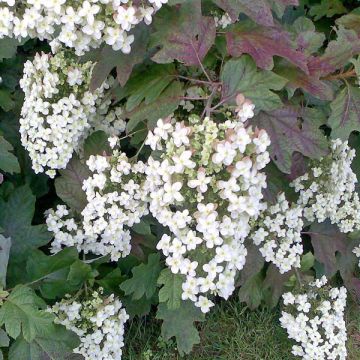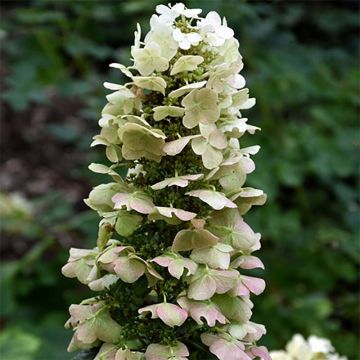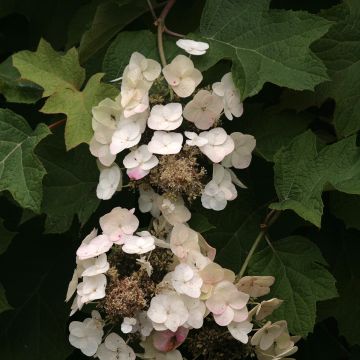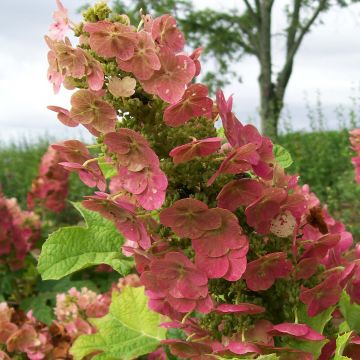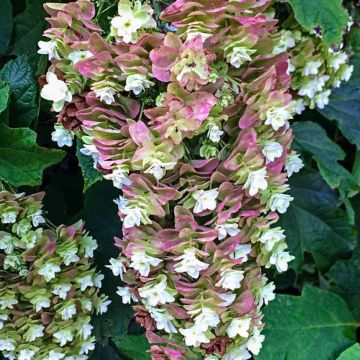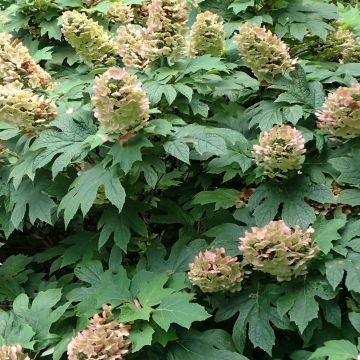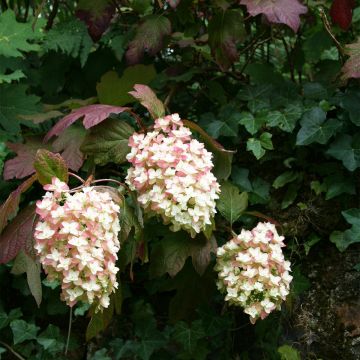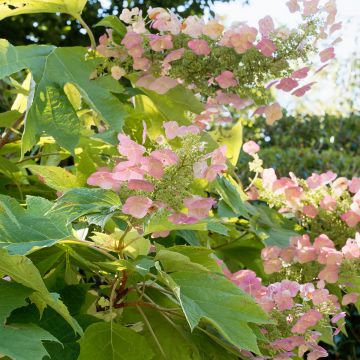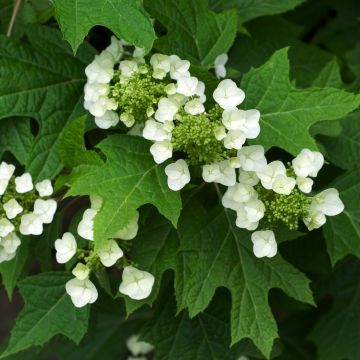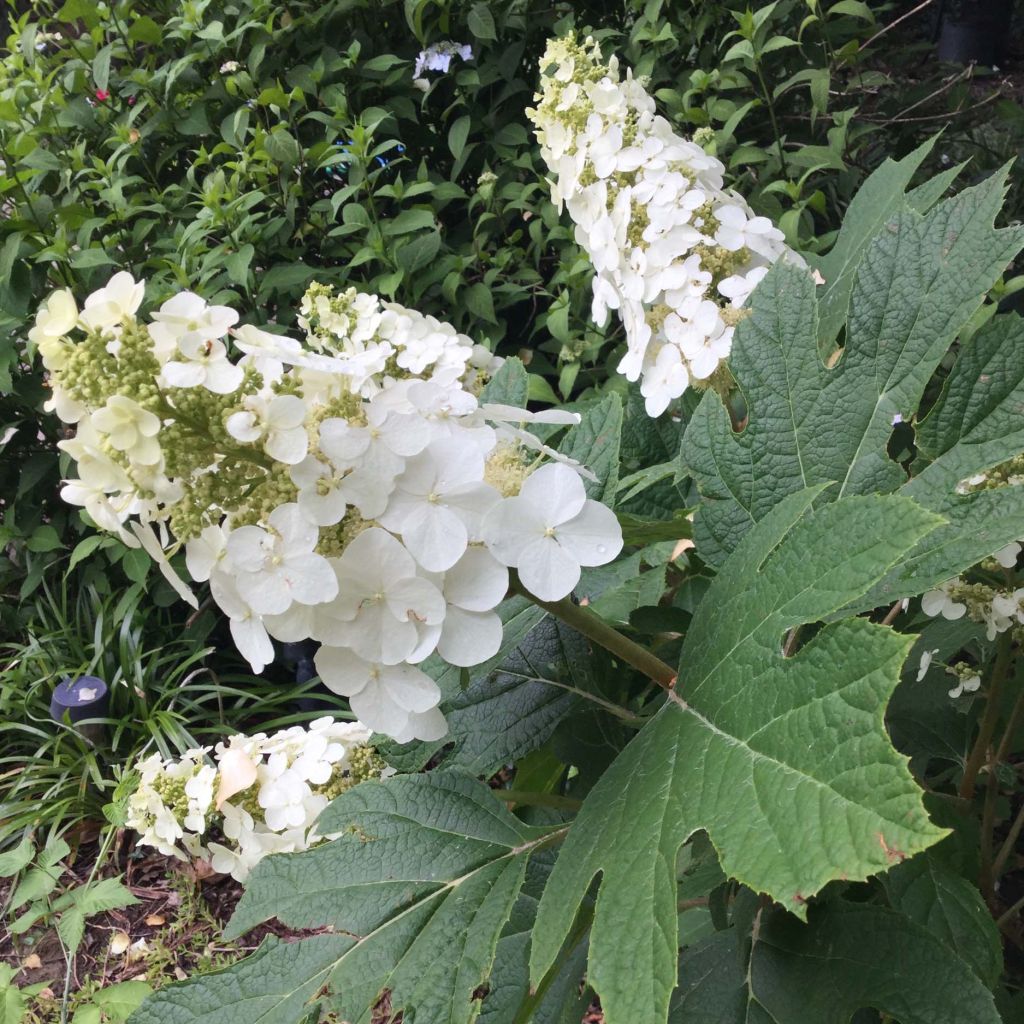

Hydrangea quercifolia Snow Queen
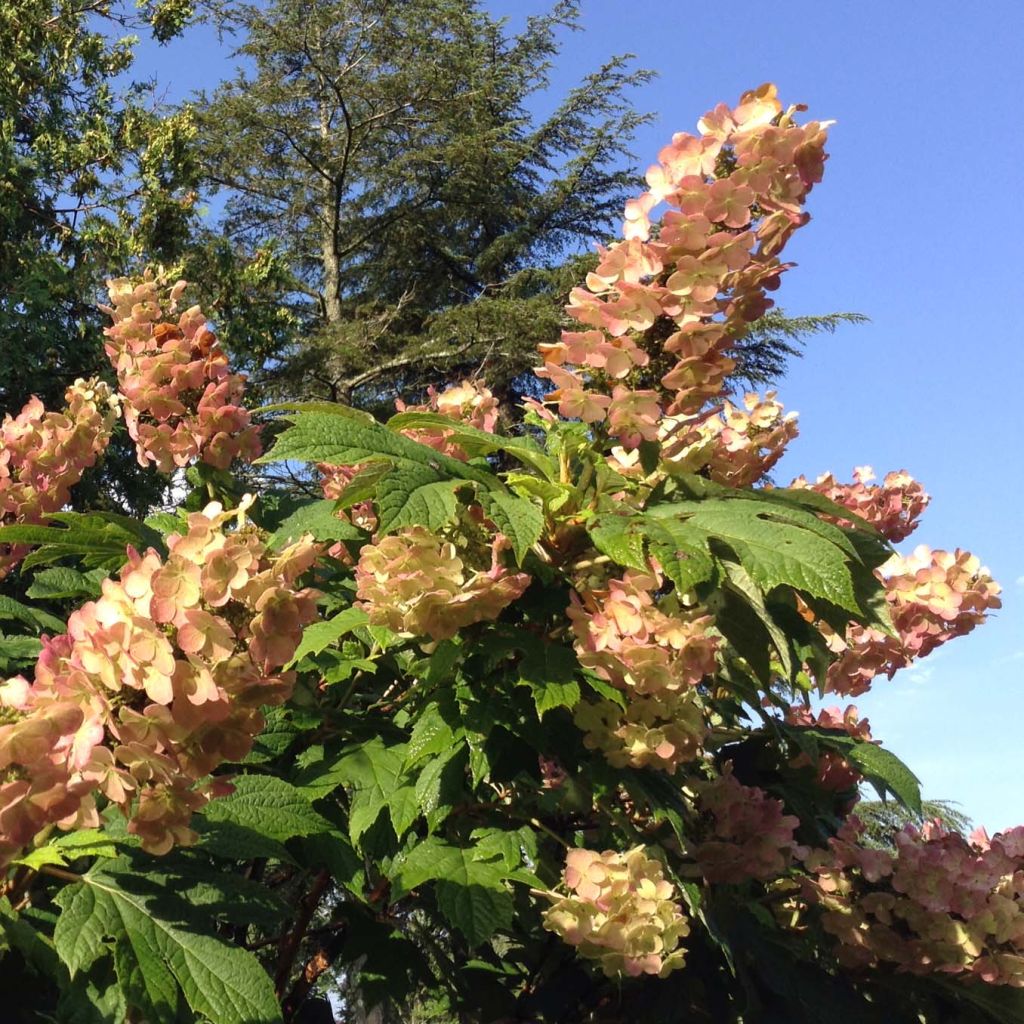

Hydrangea quercifolia Snow Queen
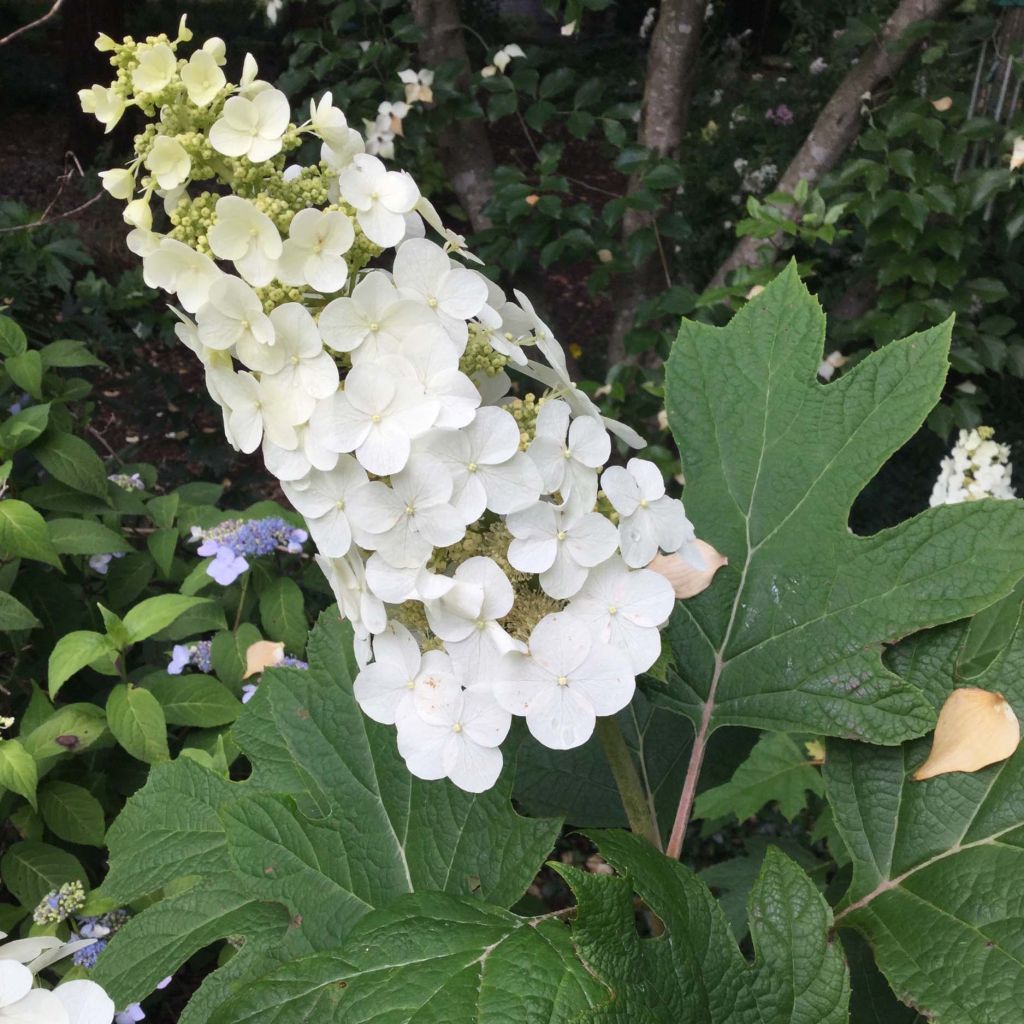

Hydrangea quercifolia Snow Queen
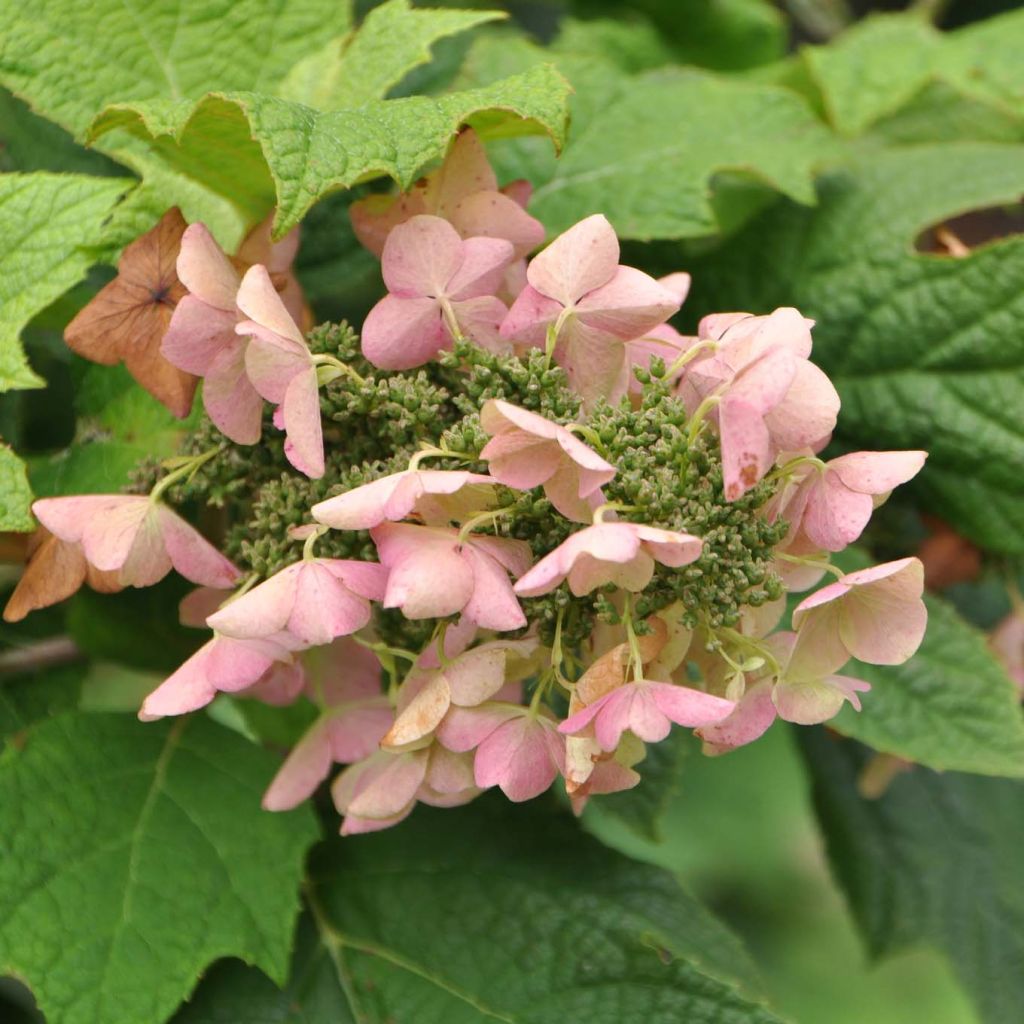

Hydrangea quercifolia Snow Queen


Hydrangea quercifolia Snow Queen
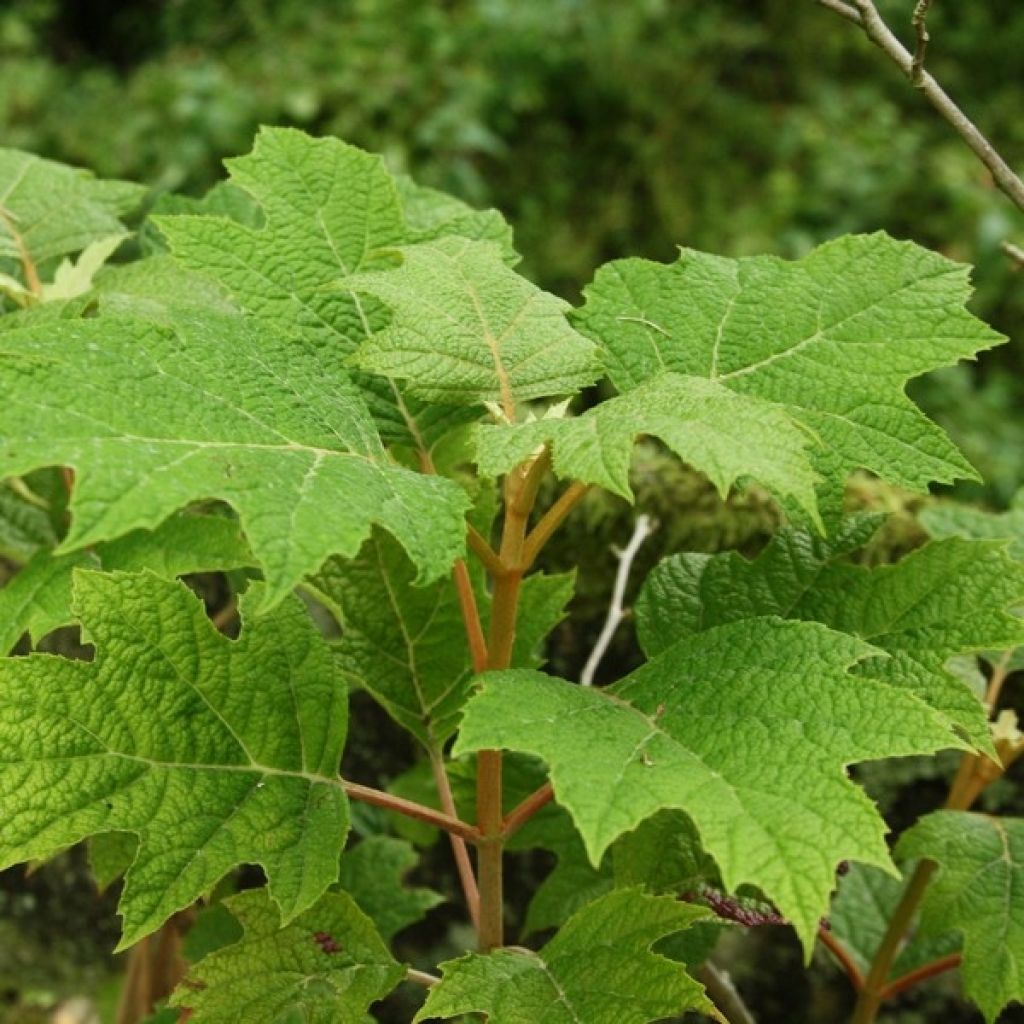

Hydrangea quercifolia Snow Queen
Hydrangea quercifolia Snow Queen
Hydrangea quercifolia Snow Queen
Oakleaf Hydrangea, Oak-leaved Hydrangea
The plant recovered well despite being somewhat mishandled during delivery and supposedly attacked by vine weevils, treated with nematodes a few days after planting.
Yves, 16/04/2024
This item cannot be shipped to the selected country
Delivery charge from €5.90
Delivery charge from €5.90
More information
Schedule delivery date,
and select date in basket
This plant carries a 24 months recovery warranty
More information
We guarantee the quality of our plants for a full growing cycle, and will replace at our expense any plant that fails to recover under normal climatic and planting conditions.
From €5.90 for pickup delivery and €6.90 for home delivery
Express home delivery from €8.90.
From €5.90 for pickup delivery and €6.90 for home delivery
Express home delivery from €8.90.


Does this plant fit my garden?
Set up your Plantfit profile →
Description
The Snow Queen variety of the Hydrangea quercifolia is a type of oakleaf hydrangea that blooms with dense clusters of single flowers in the middle of summer, ranging in colour from anise white to white and then deep pink over several weeks. Its large and beautifully shaped leaves turn into stunning colours during autumn. This compact selection has strong stems that are more resistant to wind and rain. Quercifolia hydrangeas are not picky about soil and humidity, and they thrive in sun or partial shade in most deep soils while tolerating heat well.
The Hydrangea quercifolia belongs to the Hydrangea family and is primarily native to the southwest United States, particularly the Mississippi Valley. It is a large deciduous shrub that can grow up to 4 m (13 ft) in height in its natural habitat and can spread through suckers to a width of up to 3.50 m (11 ft 6 in). The shrub is known for its large lobed leaves that resemble oak leaves. It is highly admired for its stunning autumn colours and large upright white panicles of small powdery fertile flowers surrounded by larger sterile ones. As a garden plant, it is one of the easiest hydrangeas to grow since it is hardy beyond -20°C, can tolerate some limestone in the soil, and can handle heat and dry conditions in summer due to its deep root system.
The Hydrangea quercifolia 'Snow Queen' is a cultivar that was selected by Bill Flemer in 1979. It differs from the species due to its more modest growth, stronger stems, and abundant flowering. The growth rate is moderate, reaching approximately 1.50 m (4 ft 11 in) in all directions by the age of 10 years. When fully mature, it can measure 2 m (6 ft 7 in) in height and 1.50 m (4 ft 11 in) in width. One of its most significant advantages is its abundant and early flowering, which starts in July, making it one of the earliest hydrangeas to bloom. Its curved white panicles are pretty and measure 20-25 cm (7.9 - 9.8 in) in length with a hint of anise white. These panicles turn a pale pinkish-purple in autumn. The 'Snow Queen' foliage is deciduous, appearing in spring and falling around November. The buds and young leaves are covered in grey velvet, and the summer foliage is medium to dark green, consisting of large leaves divided into 5 deep lobes with roughly toothed edges. Towards the end of the season, the foliage takes on beautiful red and brown hues as the evenings cool down.
The hydrangea quercifolia Snow Queen thrives in sunny locations that enhance its autumn colours. However, it's best to provide dappled light through the foliage in hot climates. This plant is versatile and can be used in borders, as a standalone specimen in a small garden along a pathway or in a free-form hedge. It pairs well with other hydrangeas, Nandina, Mexican orange blossom, purple barberry, or even the deciduous winged spindle Euonymus alatus Compactus, which takes on sumptuous autumn colours. Its combination with amaranths (Amaranthus Velvet Curtains) and hastate vervains (Verbena hastata Rosea) is stunning.
Report an error about the product description
Hydrangea quercifolia Snow Queen in pictures
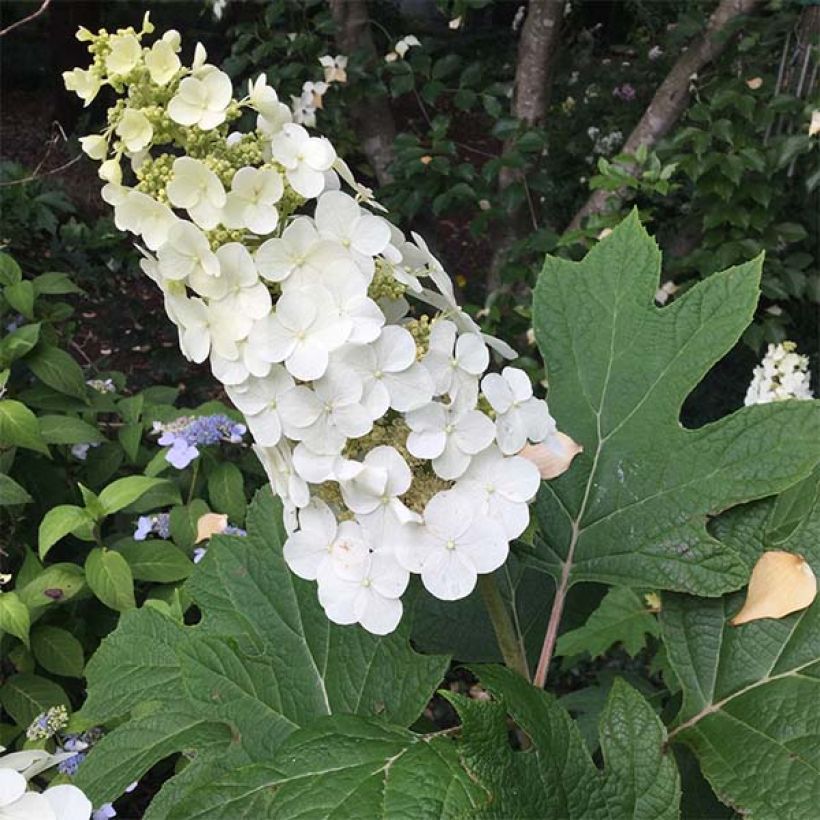

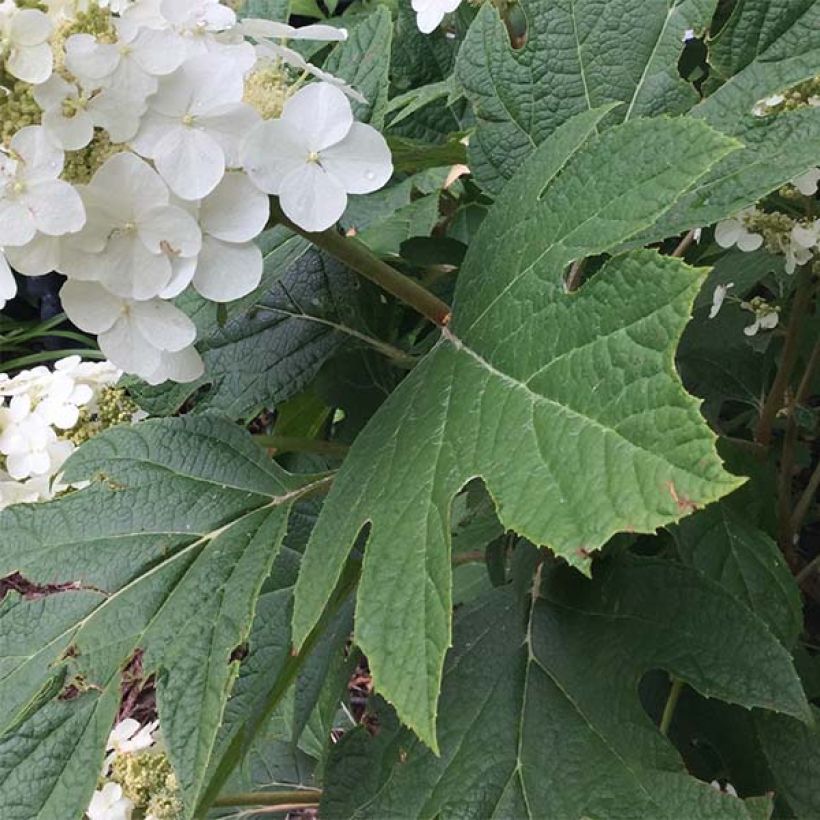

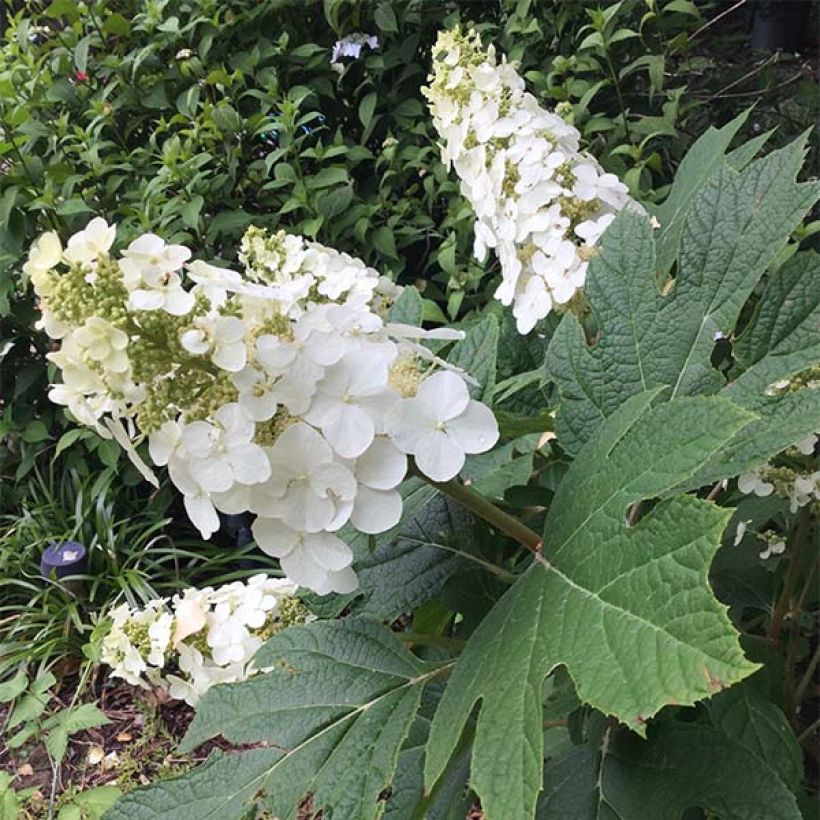

Plant habit
Flowering
Foliage
Botanical data
Hydrangea
quercifolia
Snow Queen
Hydrangeaceae
Oakleaf Hydrangea, Oak-leaved Hydrangea
Cultivar or hybrid
Other Hydrangea Quercifolia
Planting and care
The Snow Queen hydrangea needs sunlight to develop its autumn colours. However, it cannot tolerate excessive heat. Therefore, it's best to plant it in a spot that receives morning sun or shade from a large tree during the hottest hours. This is especially important in areas that are very sunny and hot. The plant prefers neutral to acidic soil that is rich in humus. It can tolerate limestone soil, but you must take extra care when planting it by filling the hole with a mixture of leaf compost and loam.
Digging the soil well before planting is also recommended because the plant's root system grows downward to seek moisture. You can promote plant growth by adding an excellent base fertiliser such as blood, fish and bone. This will give the plant nutrients without the risk of burning the roots. If your soil tends to dry in the summer, create a surface watering basin and mulch the base of the plant. Once the plant is well-established, you won't need to water it during the summer except in particularly dry areas or during drought. If this is the case, the plant will appreciate abundant watering weekly or every two weeks. At the end of summer, it's advisable not to cut the dry flower heads because they protect the terminal shoots of the branches in winter. You can cut all the dry flowers at the end of February or when the weather warms up, but be aware that the spring growth of the plant begins quite late.
Planting period
Intended location
Care
-
, onOrder confirmed
Reply from on Promesse de fleurs
Haven't found what you were looking for?
Hardiness is the lowest winter temperature a plant can endure without suffering serious damage or even dying. However, hardiness is affected by location (a sheltered area, such as a patio), protection (winter cover) and soil type (hardiness is improved by well-drained soil).

Photo Sharing Terms & Conditions
In order to encourage gardeners to interact and share their experiences, Promesse de fleurs offers various media enabling content to be uploaded onto its Site - in particular via the ‘Photo sharing’ module.
The User agrees to refrain from:
- Posting any content that is illegal, prejudicial, insulting, racist, inciteful to hatred, revisionist, contrary to public decency, that infringes on privacy or on the privacy rights of third parties, in particular the publicity rights of persons and goods, intellectual property rights, or the right to privacy.
- Submitting content on behalf of a third party;
- Impersonate the identity of a third party and/or publish any personal information about a third party;
In general, the User undertakes to refrain from any unethical behaviour.
All Content (in particular text, comments, files, images, photos, videos, creative works, etc.), which may be subject to property or intellectual property rights, image or other private rights, shall remain the property of the User, subject to the limited rights granted by the terms of the licence granted by Promesse de fleurs as stated below. Users are at liberty to publish or not to publish such Content on the Site, notably via the ‘Photo Sharing’ facility, and accept that this Content shall be made public and freely accessible, notably on the Internet.
Users further acknowledge, undertake to have ,and guarantee that they hold all necessary rights and permissions to publish such material on the Site, in particular with regard to the legislation in force pertaining to any privacy, property, intellectual property, image, or contractual rights, or rights of any other nature. By publishing such Content on the Site, Users acknowledge accepting full liability as publishers of the Content within the meaning of the law, and grant Promesse de fleurs, free of charge, an inclusive, worldwide licence for the said Content for the entire duration of its publication, including all reproduction, representation, up/downloading, displaying, performing, transmission, and storage rights.
Users also grant permission for their name to be linked to the Content and accept that this link may not always be made available.
By engaging in posting material, Users consent to their Content becoming automatically accessible on the Internet, in particular on other sites and/or blogs and/or web pages of the Promesse de fleurs site, including in particular social pages and the Promesse de fleurs catalogue.
Users may secure the removal of entrusted content free of charge by issuing a simple request via our contact form.
The flowering period indicated on our website applies to countries and regions located in USDA zone 8 (France, the United Kingdom, Ireland, the Netherlands, etc.)
It will vary according to where you live:
- In zones 9 to 10 (Italy, Spain, Greece, etc.), flowering will occur about 2 to 4 weeks earlier.
- In zones 6 to 7 (Germany, Poland, Slovenia, and lower mountainous regions), flowering will be delayed by 2 to 3 weeks.
- In zone 5 (Central Europe, Scandinavia), blooming will be delayed by 3 to 5 weeks.
In temperate climates, pruning of spring-flowering shrubs (forsythia, spireas, etc.) should be done just after flowering.
Pruning of summer-flowering shrubs (Indian Lilac, Perovskia, etc.) can be done in winter or spring.
In cold regions as well as with frost-sensitive plants, avoid pruning too early when severe frosts may still occur.
The planting period indicated on our website applies to countries and regions located in USDA zone 8 (France, United Kingdom, Ireland, Netherlands).
It will vary according to where you live:
- In Mediterranean zones (Marseille, Madrid, Milan, etc.), autumn and winter are the best planting periods.
- In continental zones (Strasbourg, Munich, Vienna, etc.), delay planting by 2 to 3 weeks in spring and bring it forward by 2 to 4 weeks in autumn.
- In mountainous regions (the Alps, Pyrenees, Carpathians, etc.), it is best to plant in late spring (May-June) or late summer (August-September).
The harvesting period indicated on our website applies to countries and regions in USDA zone 8 (France, England, Ireland, the Netherlands).
In colder areas (Scandinavia, Poland, Austria...) fruit and vegetable harvests are likely to be delayed by 3-4 weeks.
In warmer areas (Italy, Spain, Greece, etc.), harvesting will probably take place earlier, depending on weather conditions.
The sowing periods indicated on our website apply to countries and regions within USDA Zone 8 (France, UK, Ireland, Netherlands).
In colder areas (Scandinavia, Poland, Austria...), delay any outdoor sowing by 3-4 weeks, or sow under glass.
In warmer climes (Italy, Spain, Greece, etc.), bring outdoor sowing forward by a few weeks.

































